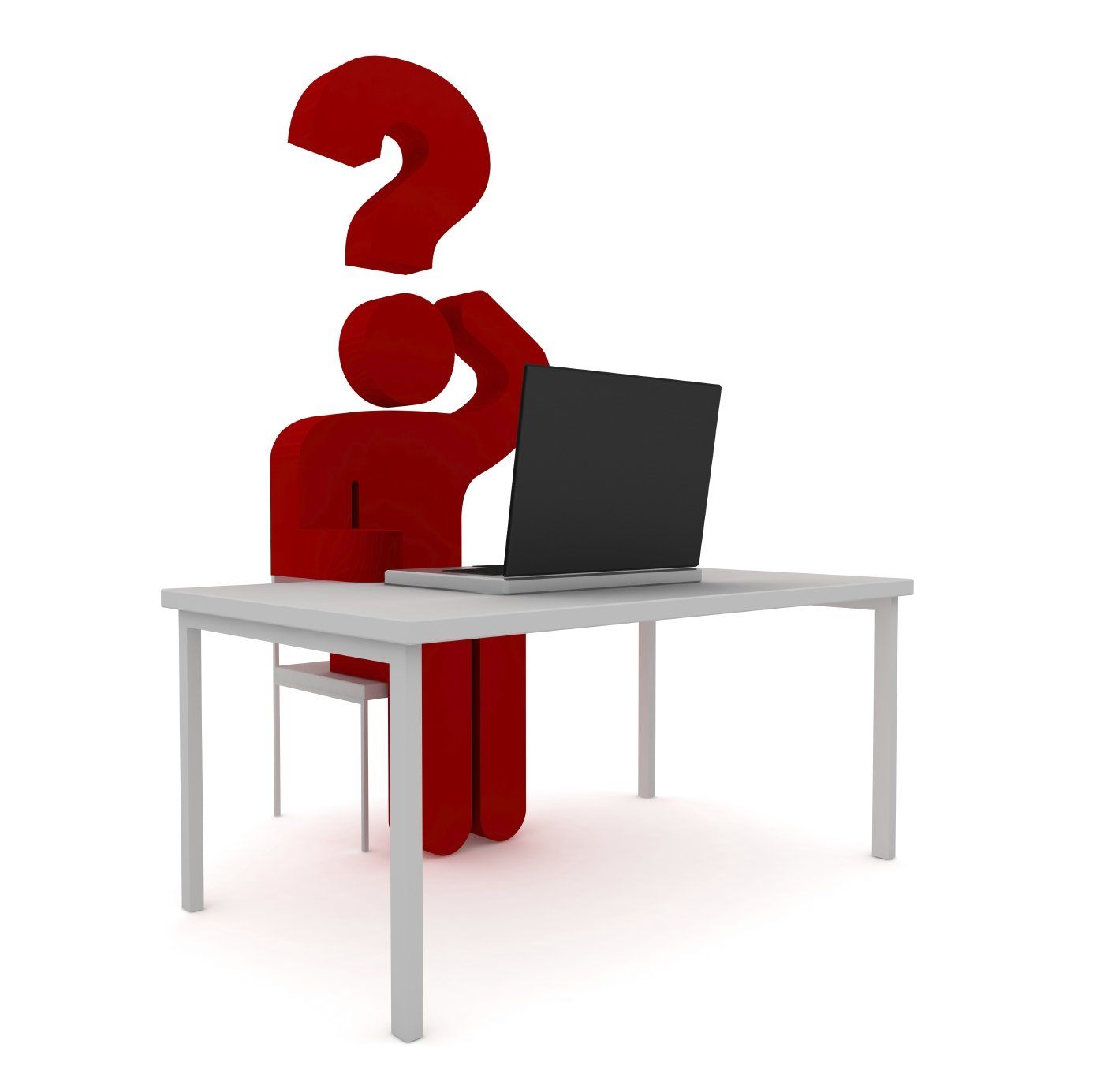Is AI Killing Creativity in Interior Design
or Supercharging It?
Everywhere you look lately, AI is doing design. It’s generating interiors that look like they came straight out of an architecture mag, producing photoreal renders in seconds, and spitting out mood boards faster than you can open Pinterest.
And for designers, that’s… kind of terrifying.
Because when your craft depends on imagination, the idea that an algorithm can mimic that spark so quickly feels personal. But let’s zoom out for a second maybe the real question isn’t whether AI is good or bad for interior design. Maybe it’s:
How much of design will still feel human when machines get this good?
The Fear Is Real
A lot of designers quietly (or not-so-quietly) worry that AI might flatten creativity. If clients can prompt Mid journey to make a “modern Italian kitchen with terrazzo flooring and gold fixtures,” what’s left for us to do?
It’s not just about job security, it’s about identity. Design has always been this messy, emotional, human thing. You play with materials, light, texture. You feel the space. You tweak things until the room feels right. AI doesn’t feel; it predicts.
And yet… those predictions are getting scarily good.
But Here’s the Twist, AI Is Also the Best Assistant You’ll Ever Have
AI isn’t stealing creativity, it’s speeding up the boring stuff that gets in creativity’s way.
It can visualize what you’re imagining before you’ve even ordered samples. It can mock up a full space so you can test textures, colour schemes, or even tile layouts before committing.
The best designers aren’t fighting it, they’re collaborating with it.
Think about it: an AI tool can show you twenty tile combinations in five minutes. But only a human knows which one will make someone feel at home. That’s where your eye, your taste, your gut instinct, the human filter comes in.
Inspiration vs. Imitation, Where We Draw the Line
AI raises new ethical questions too. If you generate a moodboard using other designers’ work, is that inspiration or plagiarism? It’s tricky.
That’s why transparency matters. Use AI for ideation, not imitation. It should spark your creativity, not replace it. The best work in 2025 won’t be 100% human or 100% machine — it’ll be the in-between: the designer who knows how to dance with the algorithm.

The Future Feels Collaborative
There’s a saying floating around design circles:
“AI won’t replace designers, but designers who know how to use AI will replace those who don’t.”
The same way we adapted to CAD, Photoshop, and 3D rendering, we’ll adapt to AI. The tech will get better, but it’ll always need us to bring the story, the context, and the emotional intelligence that makes a space feel like someone’s home, not a simulation of one.
Because here’s the truth: AI can fake a render. But it can’t fake atmosphere.
So, Where Do We Go From Here?
Maybe AI isn’t the end of creativity, it’s the start of a new kind of craftsmanship. One that’s faster, more experimental, and, ironically, more human.
Because if design is about connection, between people, materials, and meaning, then anything that helps us get there smarter and quicker is worth exploring. The challenge now isn’t “will AI replace us?” It’s “how do we stay unmistakably human in a world that’s getting more artificial every day?”

















